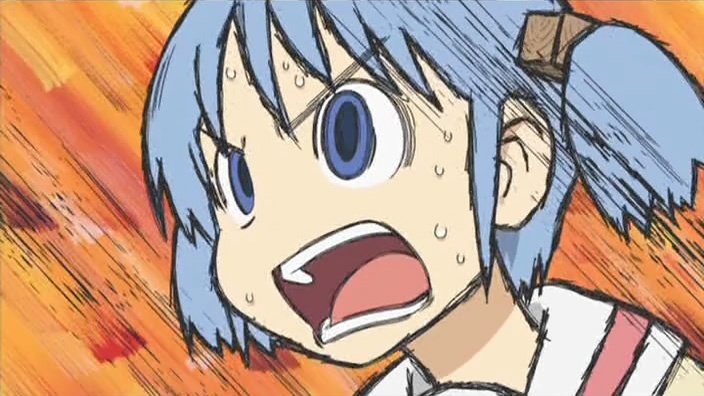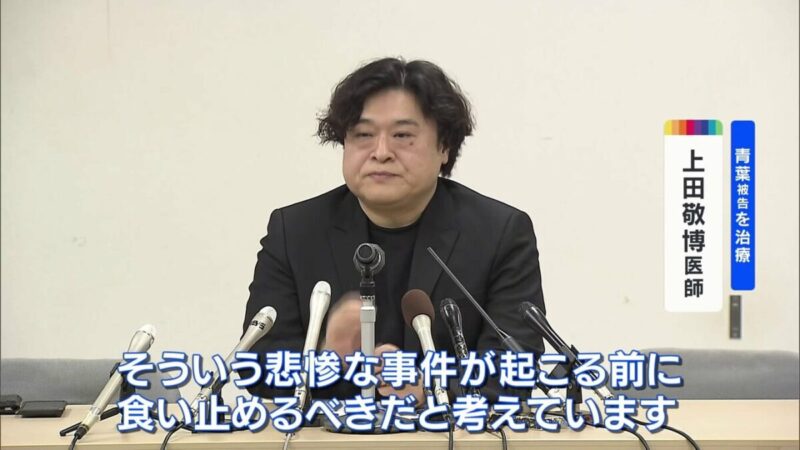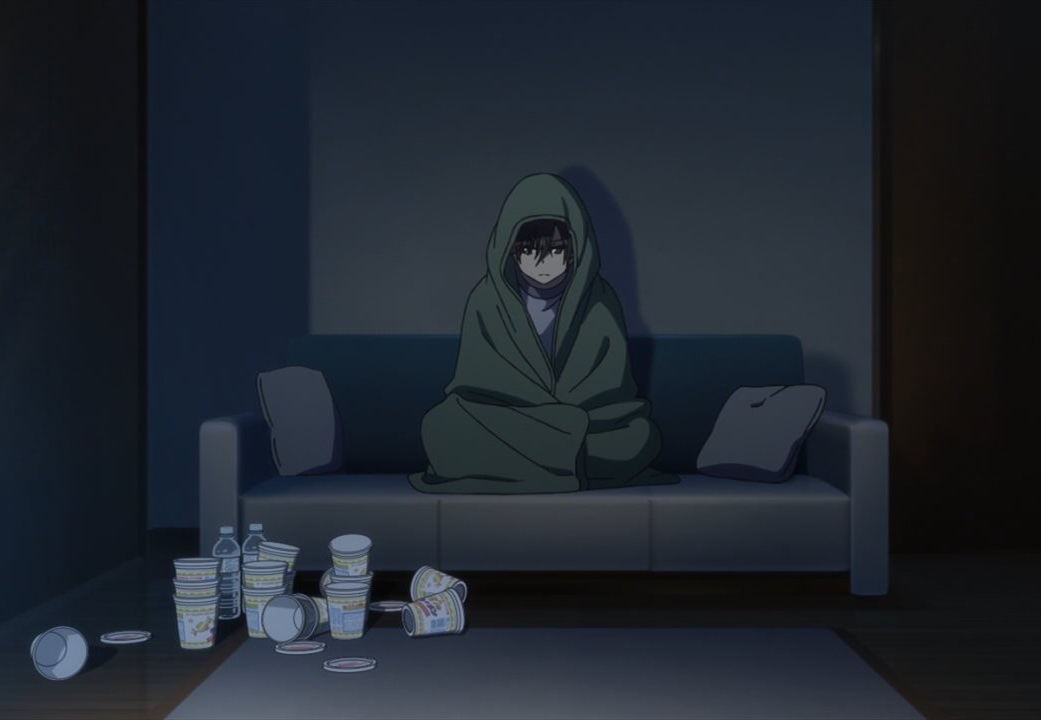The long wait is over, and Kyoto Animation arsonist Shinji Aoba has been officially given the death penalty for the 2019 arson attack that killed 36. Let’s look at what happens next for the most hated man in the anime world.
Kyoto Animation Arsonist Gets the Death Penalty. What Happens Next?
The death penalty for arsonist Shinji Aoba was officially handed down yesterday. It’s the end of a long process of the Japanese government’s careful investigations into the mental state and background of the man who, in July 2019, spread gasoline around the ground floor of Kyoto Animation’s No. 1 studio and ignited it, shouting “Die!” as he did so.
Why did Aoba commit this horrible crime? He believed that elements of two web novels he had submitted for the KyoAni Grand Prix novel contest had been stolen and incorporated into works released by the company. (Specifically, episode 5 of Tsurune.) “I felt that, even if didn’t win the contest, I thought the editors would take notice of my talent and ask me to write something for them.” He also had an obsession with an unnamed female director involved with the K-On! anime, who he thought he was communicating with through the 2ch website, and had fantasies about marrying her.
(The KyoAni arson attack inspired another tragedy when mental patient Morio Tanimoto made a copycat attack against a psychiatric clinic in Osaka. 27 were killed in this attack, including the perpetrator. One could argue that Aoba is indirectly responsible for this crime, too.)
Is It Wrong to Feel Happy About a Death Sentence?
Is it wrong to feel joy about someone receiving a death sentence? Probably, but like many anime fans, I’ve always felt a strong connection to Kyoto Animation. I’ve always loved the company, and even made a pilgrimage to the studio in 2018. No anime studio has made more of us cry than they have.
The man who took the lives of so many young animators, digital painters, producers and directors can never be forgiven. So I hope readers will understand if I feel just a little bit of happiness and relief to hear that justice will be served.
Part of my job running J-List involves browsing image boards to find interesting anime clips to share to the J-List X/Twitter, Facebook and Instagram accounts. One site I like a lot is Sakugabooru, which lets you view high-quality animation clips and see which animators created them. But browsing through the clips animated by legendary animators like Yoshiji Kigami, then realizing that they were among the victims of the arson attack, really makes my blood boil.

Reading Japanese reporting of the trial only convinced me that the sentence handed down was correct. The crime was definitely pre-meditated. Aoba took several days to travel to Kyoto and find the studio, then assemble what he needed for his plan. To avoid riding the train with dangerous-looking gasoline containers, he spent several hours walking to the studio. He targeted KyoAni Studio No. 1 because it had the largest staff, as his stated aim was to create the highest number of victims. He committed his crime at 10:30 am to ensure everyone was at work rather than outside the studio having lunch. Inspired by the Akihabara knife massacre incident, he brought six knives with him. He said, “I thought a lot about the Akihabara murder case. I learned that a knife can’t cut after it’s been used on one or two people, [so I brought multiple knives].”
Your Questions About Japan’s Death Penalty Answered
Japan has always had the death penalty reserved for the most heinous crimes, nearly always multiple murders. Death is done by hanging. After a defendant’s legal challenges have all been made, he or she sits in a small cell for years or even decades, never knowing if today will be the last day.
What kind of trial did the Kyoto Animation arsonist receive? Read my blog post here!
Then one day — by tradition, as an outgoing Prime Minister is leaving office — he’ll be told that Today is the Day. A few hours later, his sentence will be carried out. Several guards will press a button that opens the trap door, only one of which is actually connected to the switch.
To goal of this odd approach is to give the accused ample time for 反省 hansei, or reflection. The thinking is that only through reflection on one’s past misdeeds can they begin to make up for them.
Use of the death penalty in Japan is rare. Since 2000, 98 sentences have been carried out. The most recent execution was Tomohiro Kato, who committed the Akihabara truck-and-knife massacre that killed seven in 2008.
Japan’s Legal System and False Accusations
But wait, doesn’t Japan have a problem with wrongly accusing innocent people? In Japanese, a false conviction is known as enzai. This is a word some visual novel fans might know because it’s the title of one of the first BL visual novels published in English.
Japan definitely has a problem with overzealous police and prosecutors making up their minds about the guilt of a person, then pursuing them so intensely that they end up making a confession. Japan was reminded of this fact in the aftermath of the Matsumoto Sarin Gas Attack in 1994. During this attack members of the Aum Shinrikyou cult released sarin nerve gas, killing eight and injuring 500. This was a warm-up for the much deadlier Tokyo Subway Sarin Gas Attack a year later, which killed 13 and injured 5,800.
After the Matsumoto incident, police wasted valuable time and resources accusing the husband of one of the victims merely because he happened to have a background in chemistry and, therefore, must have been the one behind the nerve gas attack. They even extracted a confession, because it’s trivial to get anyone to confess to a crime and maybe even make them believe they’re guilty.
Japan has tried to improve its legal system, introducing trials by “lay judges” (citizens selected randomly to judge cases, similar to jury trials in other countries) in 2009. And prosecutors bend over backward to accumulate irrefutable evidence before bringing charges, which is why it took several years for Aum Shinrikyou founder Shoko Asahara to be charged, despite his obvious guilt. After years of legal appeals, Asahara and six co-criminals were executed to close out the Heisei era.
Japanese X Users React to The Judgement
Let’s see what users on X had to say about the decision.

I’m thankful to the doctor who saved Shinji Aoba’s life. This ensured that he could not ‘escape into death’ but be forced to face his crimes and eventual punishment.
I hope tragic incidents like this will never happen again, and I’m glad to hear the verdict was the death sentence. I don’t mean to say I’m glad he will die, only that I hope it lightens the sadness of the families left behind.
I can never forgive the man responsible for the death of my favorite anime director, Yasuhiro Takemoto (Full Metal Panic? Fumoffu, Amagi Brilliant Park and The Disappearance of Haruhi Suzumiya).

In a way I can understand how [Shinji Aoba] felt, being marginalized by society. In truth, few of us would reach out the hand of kindness to people like him, thinking it’s a hassle to get involved. There are other men like him out there in society.
Thanks for reading this blog post about the final handing down of the death penalty for Kyoto Animation arsonist Shinji Aoba. What do you think of the ruling? Tell us in the comment below!
Let’s Chat
You made it to the end of this post! Thank you! As a token of our appreciation, enjoy an extra 5% off your next order when you use the code BLOG at checkout. Also, don’t forget to follow J-List on all our platforms!
- Twitter / X, where Peter posts anime booba for you
- Bluesky, where we post several times a day
- Facebook, where we used to share memes and discuss anime
- Discord, if you want to chat with other J-List customers of culture















